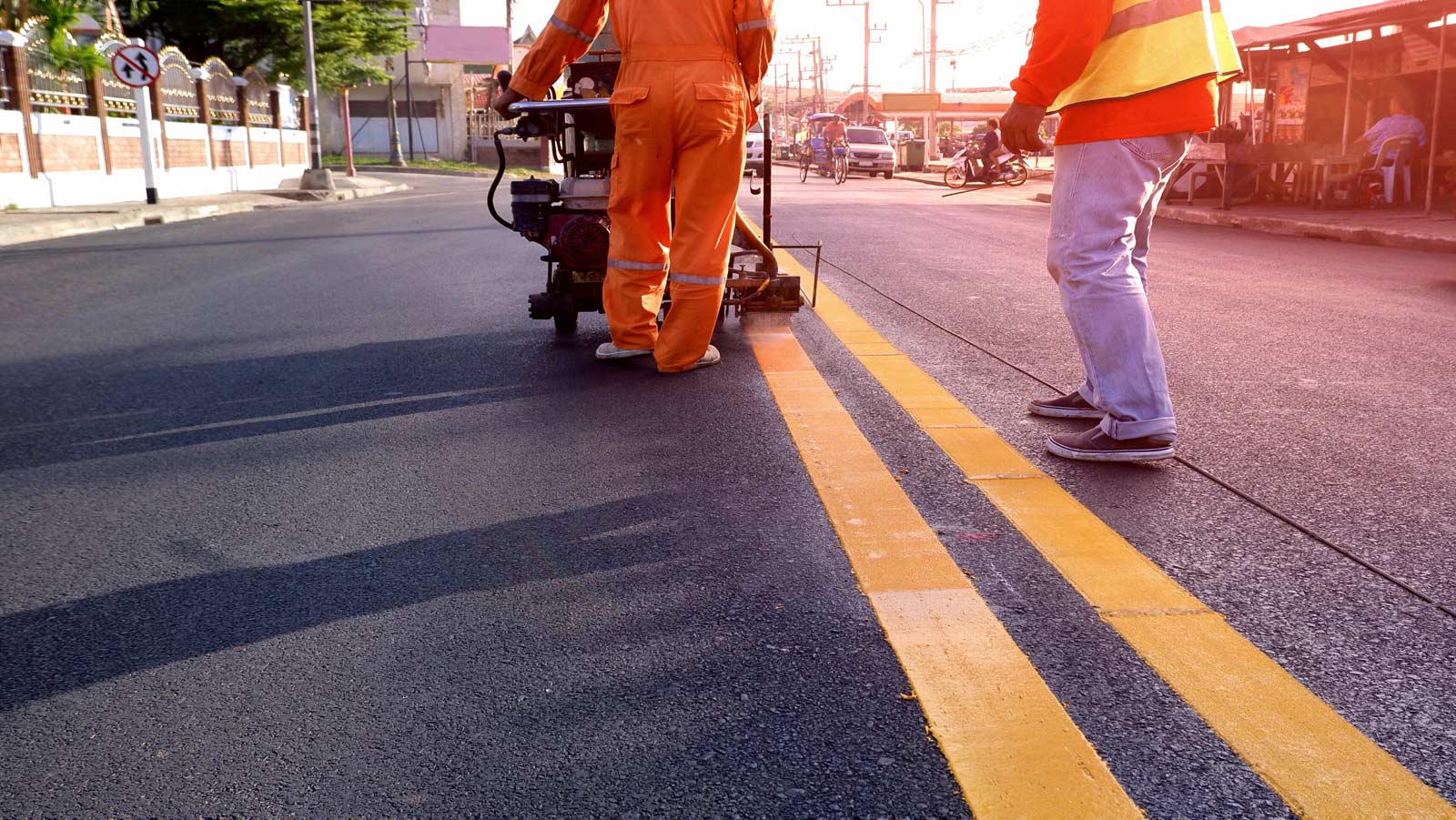Asphalt is a fundamental component of modern infrastructure, present in roads, parking lots, and walkways. Its durability and reliability have made it a preferred material for decades. Asphalt needs regular maintenance to last longer and stay safe, just like any other material that can wear out. This guide delves into the various stages of asphalt maintenance, providing insights to help you determine the most suitable care for your asphalt surface.
Caring for New or Undamaged Asphalt

Newly laid or nearly flawless asphalt surfaces may appear maintenance-free, but early care is crucial for long-term preservation. Regular checks by asphalt experts can find small cracks or depressions that can become big issues if ignored. Implementing a schedule for yearly or biennial check-ups is an investment in maintaining the integrity and appearance of your asphalt surface.
Proactive Protection: The Benefits of Asphalt Sealcoating
Sealcoating is an essential preventive measure for maintaining a high-quality asphalt surface. It’s especially beneficial for new or nearly-new asphalt, offering protection against water, wind, temperature fluctuations, and UV rays. Spray-on sealcoating protects asphalt maintenance, making it last longer and keeping it looking good. This treatment is particularly valued in settings where a premium look and feel are paramount, such as in commercial parking lots or residential complexes.
Addressing Mildly Damaged Asphalt
As your asphalt surface ages, it may begin to show signs of wear like small cracks or minor potholes. These early signs of damage are manageable but require prompt attention to prevent escalation.
Infrared asphalt repair is an innovative solution for such mild damages. This method uses infrared technology to heat the damaged area, allowing for a seamless blend of old and new asphalt, resulting in a smooth, uniform surface. It’s effective for small-scale repairs like potholes, cracks, and uneven surfaces.
For larger cracks, crack sealing is the most effective maintenance method. This process involves filling the cracks with a tar-like substance, preventing them from widening and restoring the surface’s smoothness. Crack sealing is particularly suited for cracks wider than 1.5 inches and is a common maintenance technique seen in various asphalt surfaces.

Managing Heavily Damaged Asphalt
When faced with heavily damaged asphalt, characterized by extensive cracking, numerous potholes, and significant unevenness, more intensive interventions are required. In such cases, standard maintenance methods like sealcoating or crack sealing may be inadequate. While infrared repair can address extensive cracking and potholes, it may not achieve the desired aesthetic results. In scenarios where the damage is extensive and pervasive, a complete replacement of the asphalt surface may be the most practical and cost-effective solution.
Understanding the Different Asphalt Maintenance Techniques
It’s important to understand the different maintenance techniques available to ensure the longevity and functionality of your asphalt surface:
- Sealcoating: This preventive measure adds a protective layer to the asphalt, shielding it from environmental damage and enhancing its appearance.
- Crack Sealing: Used for larger cracks, this method fills and seals the cracks to prevent further degradation of the asphalt.
- Infrared Repair: A technique for minor damages, using infrared technology to heat and blend old and new asphalt for a seamless repair.
- Complete Replacement: In cases of severe damage, removing and replacing the entire asphalt surface may be the most viable option.
Regular Maintenance: Key to Asphalt Longevity
Regular maintenance is crucial for the longevity of asphalt surfaces. This includes cleaning debris, fixing drainage issues, and repairing minor damages promptly. Scheduled maintenance not only extends the life of the asphalt but also maintains its aesthetic appeal and functionality.
Professional Assessment and Intervention
A professional assessment is vital in determining the appropriate strategy for your asphalt maintenance. Experts can evaluate the extent of damage and recommend the most effective repair techniques. Engaging with a reputable asphalt maintenance company ensures that your asphalt receives the best care, adhering to industry standards and extending its lifespan.
Conclusion: Ensuring the Durability and Safety of Your Asphalt
In conclusion, effective asphalt maintenance is integral to ensuring the durability and safety of your infrastructure. Whether your asphalt surface is new, mildly damaged, or heavily worn, understanding the appropriate maintenance techniques is key to preserving its condition. Regular check-ups, timely interventions, and professional assessments are essential components of a comprehensive asphalt maintenance plan. By staying vigilant and proactive in caring for your asphalt, and asphalt maintenance, you can enjoy a safe, functional, and visually appealing surface for many years.
